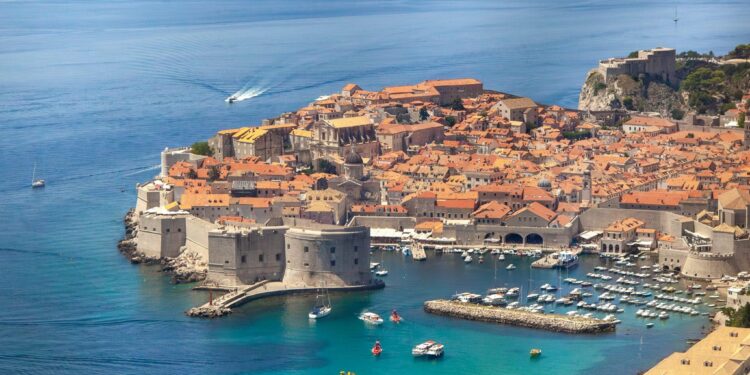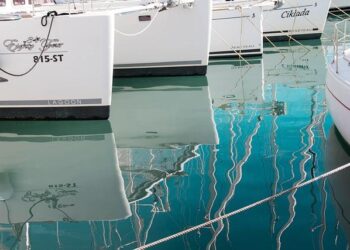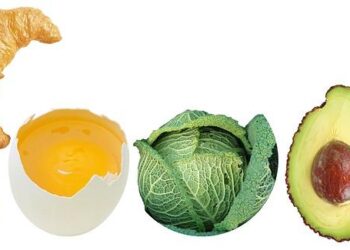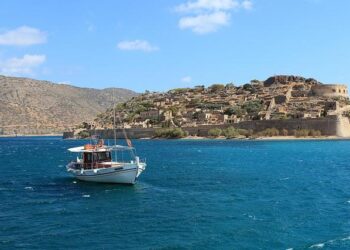In a symbolic gesture underscoring global solidarity in public health, Croatia has donated a sculpture to the World Health Organization (WHO). The artwork, unveiled at the WHO headquarters in Geneva, reflects the country’s commitment to supporting international health initiatives and fostering cooperation in the fight against global health challenges. This cultural contribution marks a unique partnership between Croatia and the WHO, highlighting the role of art in promoting awareness and unity within the global health community.
Croatia Strengthens Cultural Diplomacy with Sculpture Donation to WHO
Croatia has recently taken a significant step in bolstering its cultural diplomacy by gifting an original sculpture to the World Health Organization (WHO), symbolizing solidarity and the universal value of health. This artistic contribution reflects the country’s commitment to fostering global partnerships and enhancing cultural cooperation within international institutions. Crafted by a renowned Croatian sculptor, the piece embodies themes of resilience and unity-values that resonate deeply within the WHO’s mission.
The donation highlights Croatia’s strategic use of culture to engage with global organizations, emphasizing:
- Promotion of shared values: Reinforcing health as a fundamental human right through art.
- Strengthened bilateral relations: Enhancing Croatia’s diplomatic presence at the WHO headquarters.
- Showcasing national artistry: Elevating Croatian cultural identity on a worldwide platform.
| Sculpture Details | Description |
|---|---|
| Material | Bronze and marble |
| Dimensions | 1.8 meters tall |
| Artist | Ana Maric |
| Symbolism | Global health and unity |
Symbolism and Significance of the Artwork in Promoting Global Health Awareness
The sculpture gifted by Croatia to the World Health Organization embodies a powerful narrative that transcends borders. Crafted with meticulous attention to detail, its design incorporates elements symbolizing unity, resilience, and hope – critical values underpinning global health initiatives. At its core, the piece features intertwining figures representing diverse populations coming together in solidarity, a visual commitment to collaborative efforts in combating health crises worldwide.
Key symbolic elements include:
- Interconnected hands: Signify the importance of partnership and shared responsibility across nations.
- Rising sun motifs: Depict hope and new beginnings following health advancements.
- Abstract DNA strands: Highlight ongoing scientific progress and the importance of research.
| Symbol | Meaning |
|---|---|
| Intertwined Figures | Global Unity and Cooperation |
| Sun Motif | Renewal and Hope |
| DNA Strands | Scientific Innovation |
By embedding such thoughtful symbolism, the artwork serves not only as a physical gift but as an inspirational beacon, encouraging stakeholders to renew their commitment to health equity. It reinforces the WHO’s mission by fostering awareness and reminding policymakers and the public alike that health is a collective endeavor, demanding the harmonious integration of culture, science, and human compassion.
Leveraging Artistic Contributions to Enhance WHO’s Outreach and Engagement Strategies
Artistic contributions offer a profound means to amplify the World Health Organization’s connection with global communities. Croatia’s recent donation of a symbolic sculpture to WHO not only beautifies the organization’s space but also acts as a powerful catalyst in raising public awareness about health initiatives. Through art, WHO can communicate complex health messages in more accessible and emotionally resonant ways, enabling diverse audiences to engage more deeply with its mission. This creative approach renews public interest and fosters cultural dialogue, making health a shared global priority.
The integration of art into outreach strategies creates multiple benefits, including:
- Enhanced visibility: Iconic artworks become landmarks, attracting visitors and media attention.
- Cultural inclusivity: Artworks from donating countries highlight global unity and respect for diverse traditions.
- Emotional engagement: Visual storytelling through art invokes empathy and strengthens public trust.
- Creative partnerships: Collaborations with artists open new channels for innovative health campaigns.
| Artistic Element | Communicative Impact | Outcome |
|---|---|---|
| Symbolic Sculpture | Represents health, unity, and global solidarity | Boosts WHO’s cultural relevance |
| Interactive Installations | Engages visitors in health concepts | Increases public participation |
| Multimedia Exhibits | Combines visuals and narratives | Enhances message retention |
In Conclusion
The donation of the sculpture by Croatia to the World Health Organization symbolizes a gesture of solidarity and support in the global health community. As the WHO continues its mission to promote well-being worldwide, this artistic contribution serves as a reminder of the importance of international cooperation and cultural exchange. Observers hope that such acts of goodwill will inspire further collaborations between nations and global institutions in the pursuit of public health and humanitarian goals.
















